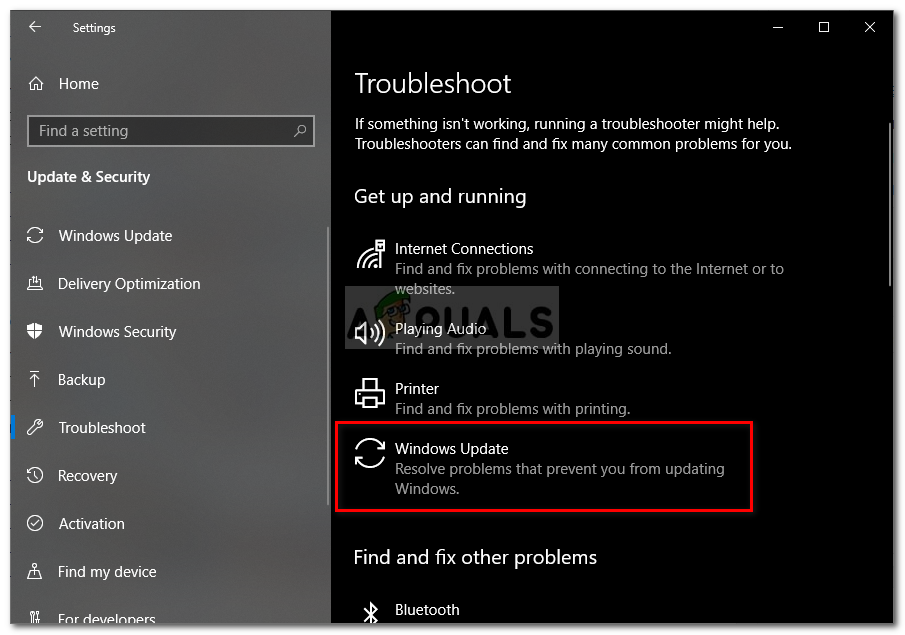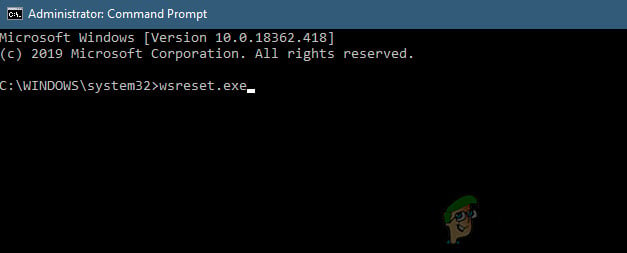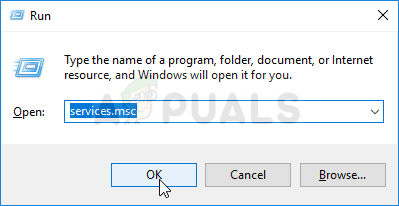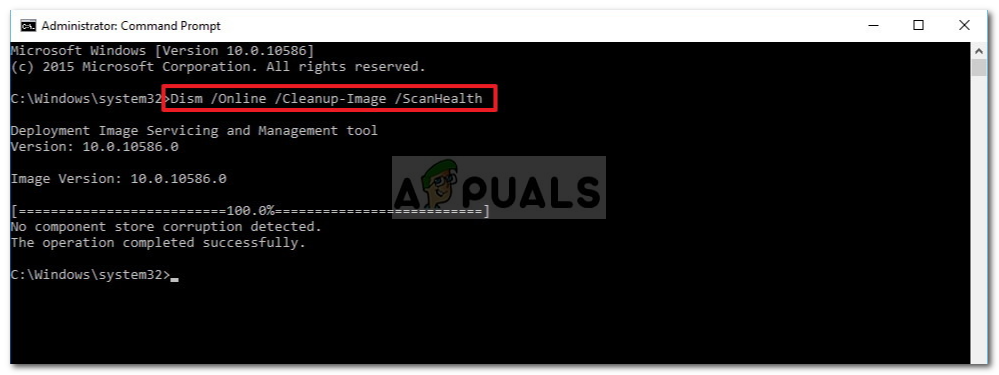There are several potential culprits that might trigger the Error 0x80D05001 with Windows Update or Windows Store:
Method 1: Running the Windows Update/ Windows Apps Troubleshooter
If this particular error is being facilitated by a common inconsistency, your first attempt at fixing the issue should be the Windows Update Troubleshooter. This built-in utility holds together a collection of repair strategies that can be automatically applied in case a recognizable scenario is identified. After you launch this utility, it will begin to scan for common Windows Update inconsistency and recommend a viable repair strategy that you can apply with just several clicks. Note: In case you are encountering the 0x80D05001 error when attempting to update an app via the built-in Windows Store, you will need to run the Windows Apps Troubleshooter instead. If you didn’t try this potential fix yet, follow the instructions below to run the Windows Update troubleshooter / Windows Apps Troubleshooter and apply the recommended repair strategy: In case the same problem is still occurring, move down to the next potential fix below.
Method 2: Resetting Windows Update / Windows Store
In case the built-in troubleshooter that you deployed above didn’t work for you, it’s likely that you’re seeing the 0x80D05001 error due to an update component inconsistency (especially if you’re seeing this error with every update that you attempt to install). In most cases, you will see the 0x80D05001 error due to the fact that the updating component is somehow stuck in a limbo state (neither opened or closed). If this scenario is applicable, you should be able to fix the problem swiftly by resetting Windows Update or Windows Store (depending on the specifics of your problem). To accommodate both potential scenarios, we’ve created 2 separate sub guides. If you’re encountering the issue when installing a Windows update, follow the first guide (A). In case you’re seeing the error when installing an update through Windows Store (Microsoft Store), follow the second guide (B):
A. Resetting Windows Update
B. Resetting Windows Store
In case you’ve already reset Windows Update or Windows Store and you’re still seeing the same error message, move down to the next potential fix below.
Method 3: Disable Proxy or VPN client (if applicable)
This particular error code is often an underlying sign that you are dealing with an improperly configured proxy server or VPN client that is being rejected by Windows Update. Due to security reasons, Windows Update might decide to distrust the VPN / Proxy connection and block communications with it. Several affected users that have previously dealt with this problem have confirmed that they managed to fix the issue after they disabled their VPN Client or Proxy server. If this scenario is applicable, follow one of the two sub-guides bellows to get rid of the VPN client you’re currently using or disable the Proxy server that’s currently active:
A. Disable Proxy Server on Windows
B. Uninstall VPN client on Windows
In case this potential fix is not applicable to your particular scenario, move down to the next potential fix below.
Method 4: Disable Overprotective Firewall (if applicable)
As some affected users have confirmed, the 0x80D05001 error can also be facilitated by an overprotective firewall function. For example, certain 3rd party firewalls have a security suite that blocks pop-ups. Well, as it turns out, this function can also end up blocking the Updating function on Windows 10. In case you’re using a 3rd party firewall that you suspect might be responsible, you should start by attempting to disable the real-time protection before repeating the updating operation. In most cases, AV suites will allow you to do this directly from the taskbar icon. Once you’ve disabled your firewall, attempt to perform the update again and see if the issue is resolved. If that didn’t work, keep in mind that some firewalls enforce restrictions at a network level and often enough, these security rules will remain in place even if the real-time protection is disabled. Because of this, you should also try uninstalling your firewall and removing any remnant files before ruling this potential culprit out. In case this scenario is not applicable or you’ve already done this and you’re still seeing the 0x80D05001 error, move down to the final fix below.
Method 5: Running SFC and DISM scans
If none of the fixes detailed above have worked for you, there’s a high chance that the problem is actually being facilitated by some type of system file corruption that ends up affecting the Windows Update or Windows Store component. If this is your culprit, you should be able to fix the issue by initiating an SFC scan and wait patiently until the process is complete. But keep in mind that once you start this process, forcibly closing the CMD window might produce additional logical errors. After this SFC scan is complete, reboot your machine and see if the issue is fixed. In case you’re still encountering the 0x80D05001 error, advance with initiating a DISM scan.
Fix: Error 0x80073CF9 in Windows Store on Windows 10 MobileHow to Fix ‘Error: 0x803F8001’ in Windows Store on Windows 11How to Fix Windows Store Error 0x80073cf0 on Windows 8 and 10How to Fix ‘Error Checking for Updates’ Error on Google Play Store?












